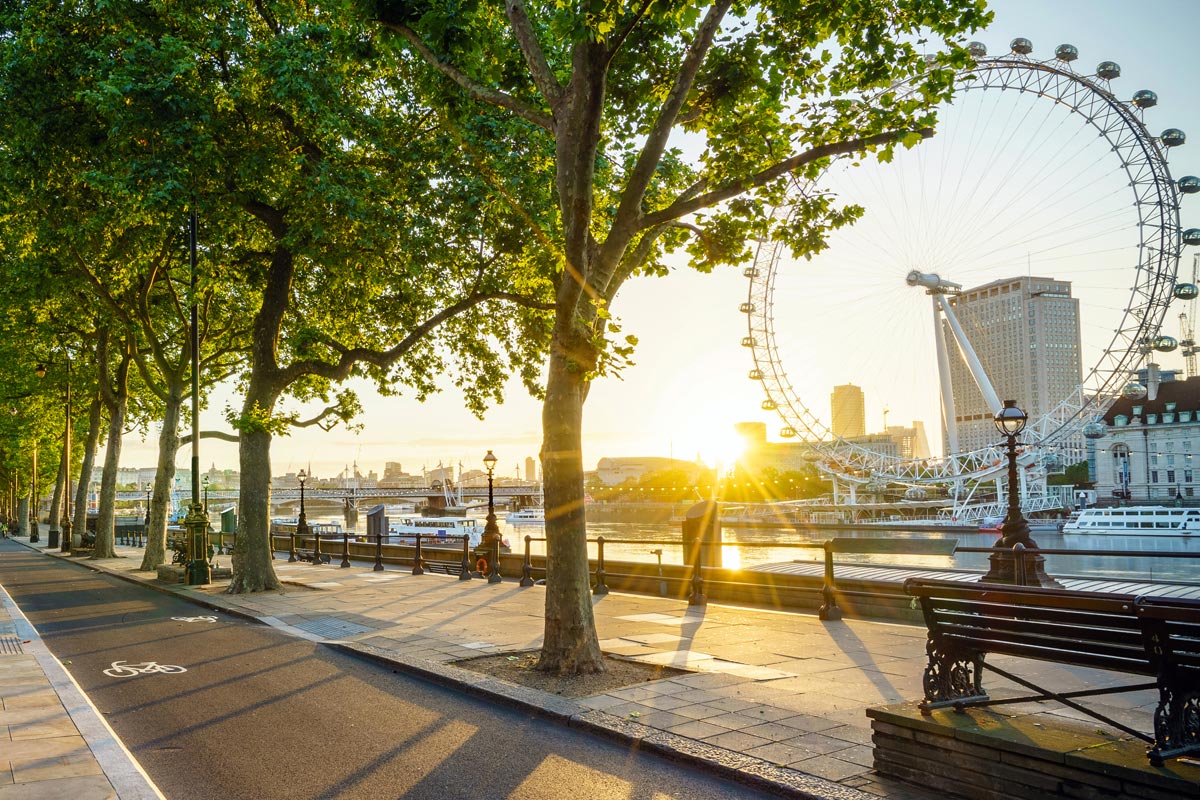Captain’s Blog – Upscaling Cities
WRITTEN BY:
POSTED ON:
TAGS:
What will the new normal look like once we are all vaccinated against or immune to COVID and free to return to our former lives? You could argue there are two schools of thought – one is that we will all revert to type, rush back to the pub, fly off to Spain on holiday and generally forget COVID as some sort of very bad dream; the other is that the 18-month hiatus will lead to a permanent change in our habits. Certainly, some things are here to stay. Internet shopping won’t fall away any time soon and the days of every town having the same parade of national retailers is surely gone. Commuting won’t reach the levels of the past as more and more people are invited to or forced to work from home for at least part of the week which will have knock on effects for retail and leisure as discussed here before. This week we saw a peek into the future courtesy of Richard Pickering’s excellent article on Paris where the famous Champs Elysee is to be pedestrianised along with a programme of tree planting and ‘greening’ to be called La Rue Vert. That will incorporate planted living rooms, food kiosks and meeting spaces. As he points out no city needs a 70m wide highway running through its midst. How long before we see Oxford Street (London and Manchester) and other major cities following suit? The idea of the 15 minute city is becoming a reality, check it out HERE.
Even if our behaviour doesn’t change completely – which seems unlikely – changes in real estate and town planning are surely irreversible. Climate change and sustainability are the new watchwords and no longer the preserve of the Green Party and Greta. Cars will be electric and fewer in number so traffic patterns will change. In any event the youth of today no longer aspire to own a car as the older generation did. Nor for that matter do many of them aspire to own a home as their parents did so housing demand is changing. PRS (private rented sector) or BTR (build to rent) is driving much of the development in our cities much like offices and shopping centres did in the last century. Meanwhile the affluent elders are looking for second or retirement homes as foreign travel is restricted, so much so that prices in desirable areas have increased by 25% over the past year just as prices for homes in some cities have fallen by a similar amount.
We can be sure then that cities will change and probably for the better. More green space, less traffic, more pedestrian zones and redundant shops turned over to housing, offices repurposed with space given over to leisure or co-working zones, smaller satellite apartments in clusters for younger renters and older workers with countryside or suburban homes become fashionable once again – Three bed semi with a garden and a vegetable patch please Mr Barratt and Mr Bell.
My best guess is that we will revert to type by a factor of 75% but that COVID habits will be so ingrained that 25% of what we have been through will stick. That will be enough to change real estate patterns significantly.

